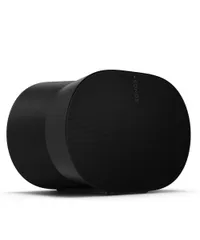I tested 3 pairs of Bluetooth speakers to see how they sound in stereo mode — here's the one I'd recommend
Do you really need to get two of the same speaker?

Despite their many, many strengths, the best Bluetooth speakers have a key weakness — their limited soundstage. Generally, they're a single box that plays sound in one direction, making their sonic capabilities restricted.
That's why some manufacturers offer stereo modes in their speakers, which let you connect two speakers together for left and right channels, or even just extra sound to fill a room.
To find out if its worth buying two speakers for stereo mode, I've tried out three of the most popular. Bose's stereo mode is represented by the SoundLink Max, Sonos the Sonos Move 2, and UE with the UE Boom 4 and MegaBoom 4. Let's dive in.
Bose
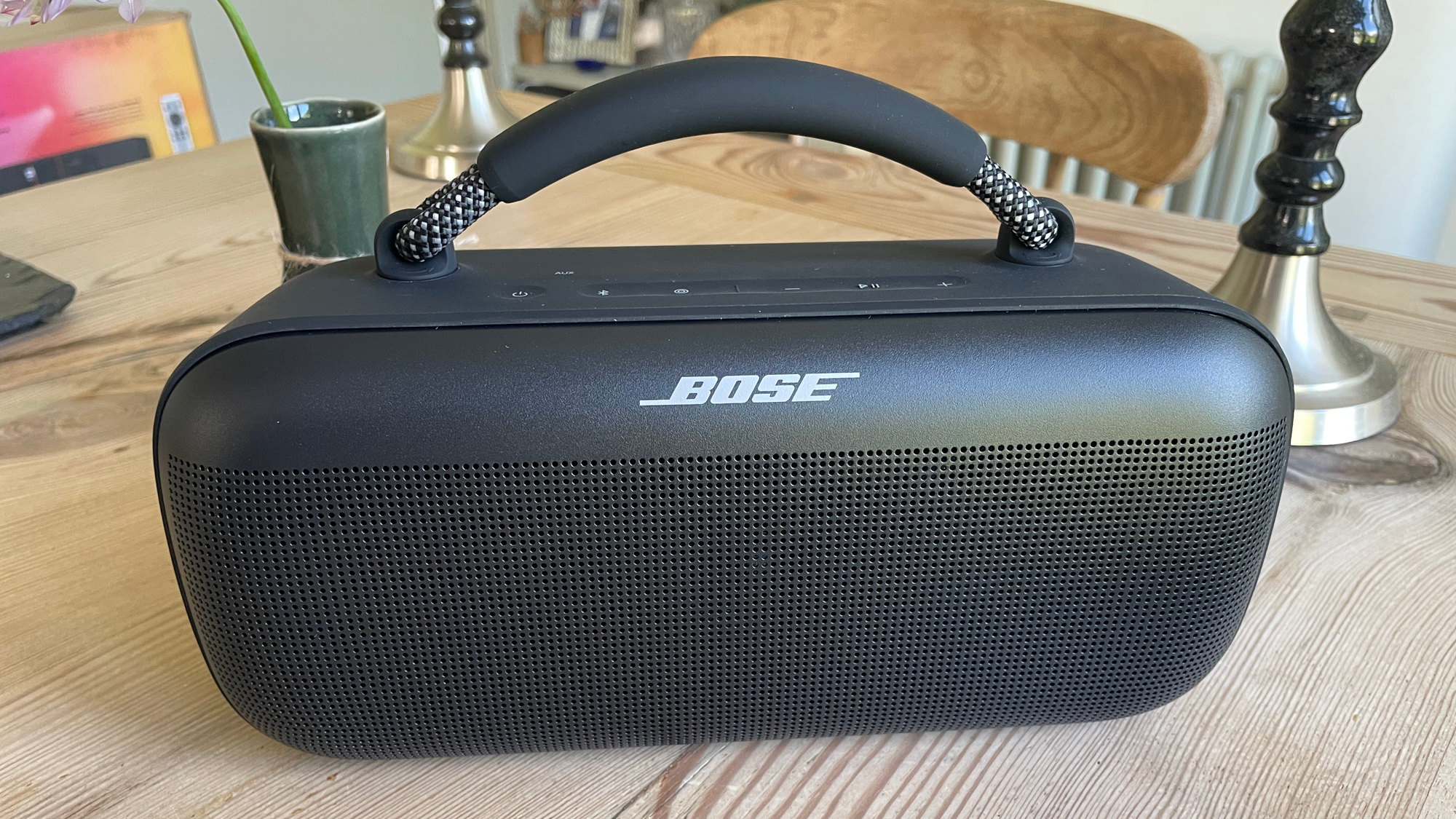
Bose's stereo mode is available in a range of different speakers, although stereo mode itself is only available on two of the same model. To that end, I've got two SoundLink Max that connect together into a left and right stereo pair.
It's easy enough to get them connected. There are little buttons on the top that you press on both, and the two link up. The right speaker says 'right' and the left speaker says 'left' in a pair of audio feedback cues so that you know which channel they represent — and away you go.
Interestingly, this is mostly how the rest of the Bose Bluetooth speaker line connects with each other. They've got the same little button on top, which you press on both units. Unless you've got a SoundLink Home, in which case you'll need to hold down the volume minus and Bluetooth buttons.
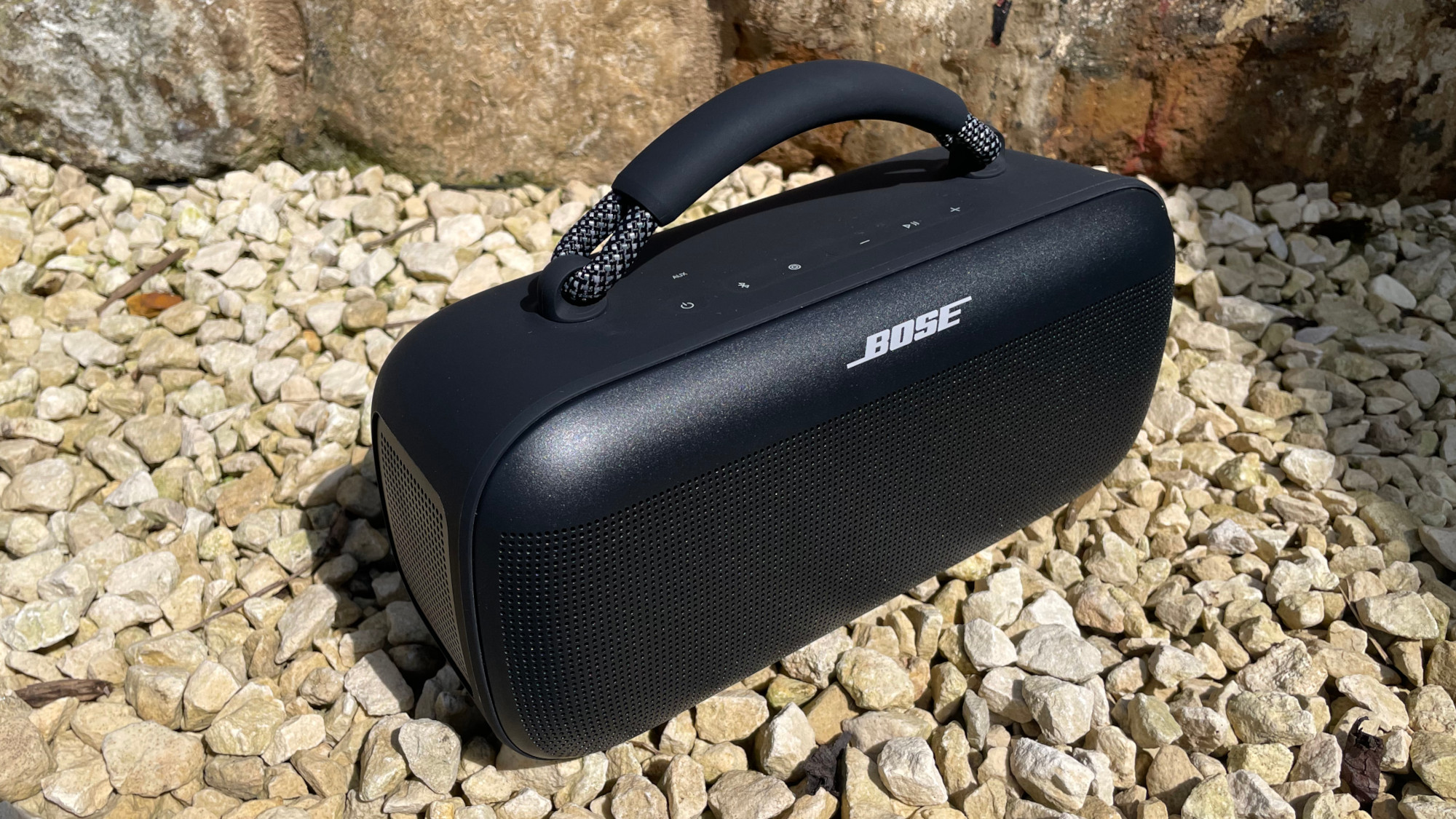
From there, we can listen to our music in stereo. What does that mean when it comes to the Bose SoundLink Max? It means that your music sounds imminently wider, as each channel now plays the left and right parts of your music.
Get instant access to breaking news, the hottest reviews, great deals and helpful tips.
The speakers already sounded great, but now that each driver inside the box doesn't have to do as much work, the music sounds clearer and easier on the ears than before as well.
It's not going to hold a candle to a pair of passive speakers and an amp; of course not. But if you're looking for a way to quickly fill a room, or bring stereo on the go so that you can enjoy it at the beach, it's a great way to go.
Is it worth it? Perhaps not. After all, just one of the speakers will cost you $399, so two are going to set you back around $800 in total. That's a lot of money — perhaps a better way to stereo is to buy two SoundLink Home speakers, or a pair of SoundLink Flex gen 2s.
The SoundLink Max is a great Bluetooth speaker, and buying two of them does give you some great stereo playback. Battery life is solid too, and it doesn't get affected by stereo mode should you connect two together. If you want a similar effect but don't want to spend $800, then you should also consider the Bose SoundLink Flex Gen 2.
Sonos
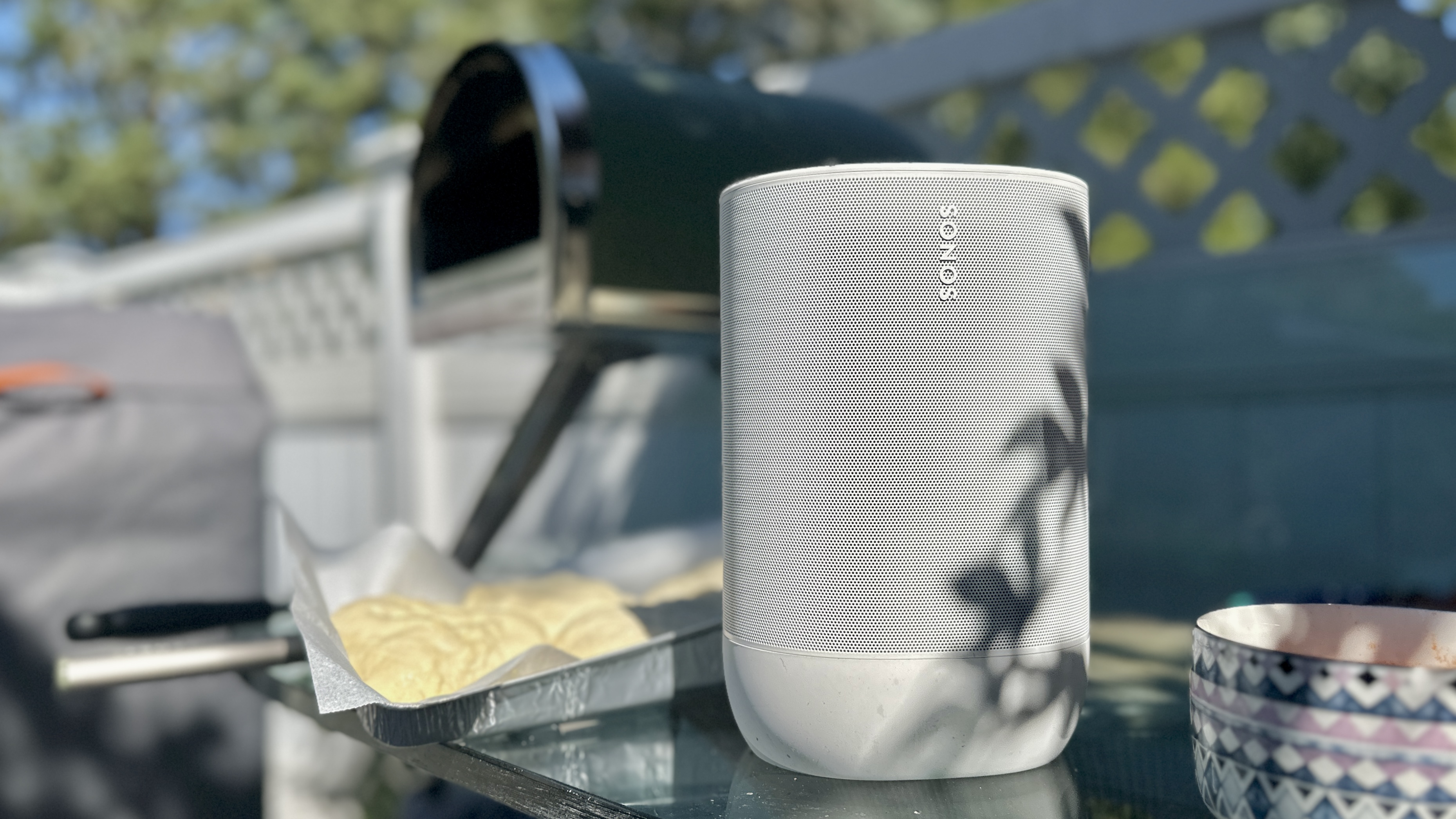
So this is going to be by far and away one of the most expensive options on the list when it comes to stereo mode. The Sonos pair that I tested where the Sonos Move 2 and the Sonos Era 300 — both fairly expensive options. To match their lofty prices, however, they both also sound really good.
Sonos thankfully makes things pretty easy when you go to connect a pair of speakers together. You'll find it in the settings menu of the Sonos app. Just select your speaker, and then the 'Set Up Stereo Pair' option.
Much like Bose, you can only use two of the same speaker. From there, you can choose which is left and which is right, and then use the TruePlay tuning to get them sounding their very best.
Despite the Move 2's portable Bluetooth nature, the stereo mode only works when it's tethered to Wi-Fi. That means it can move around the house, but you won't be taking it on the go with you — which is a shame.
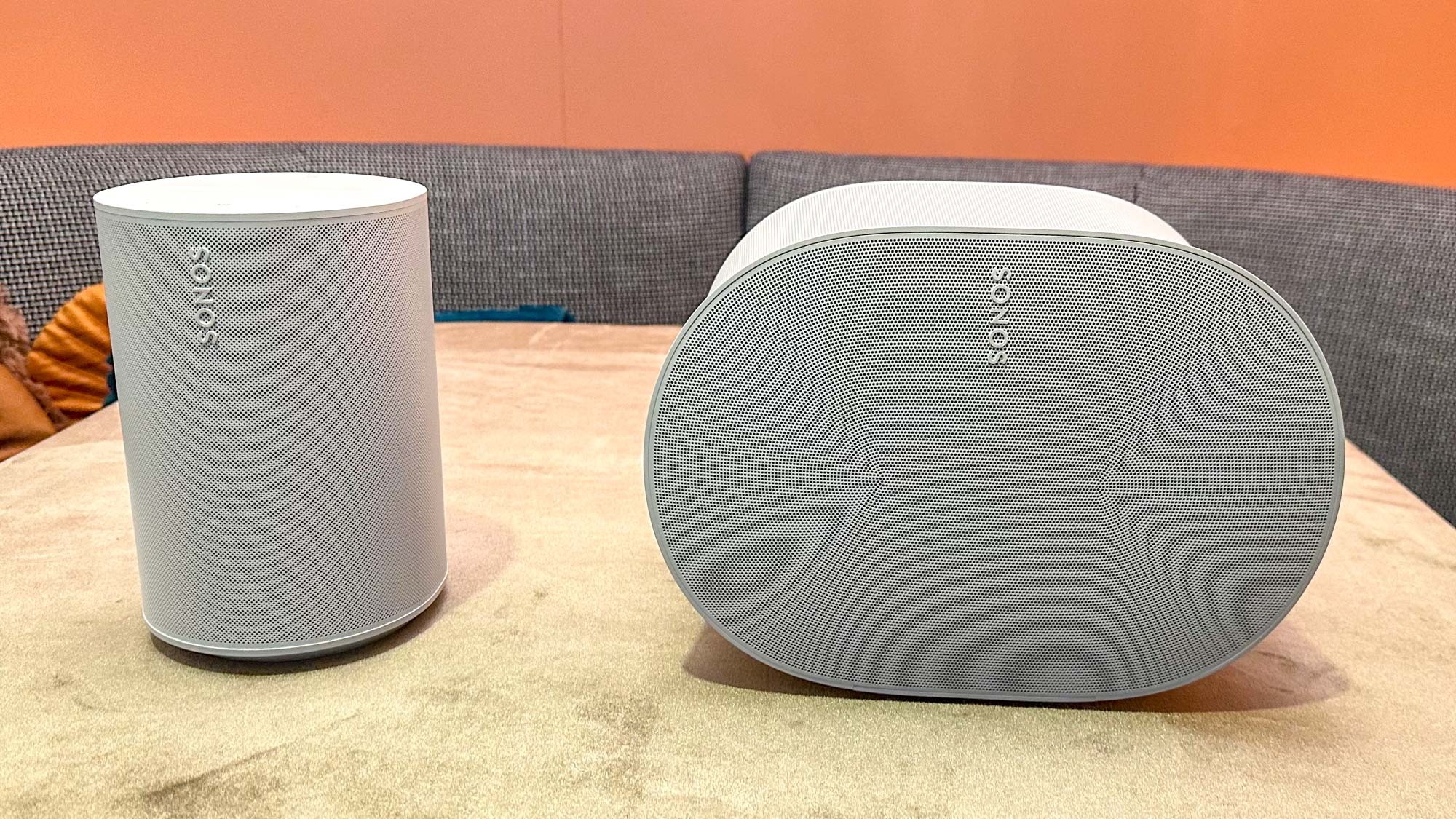
The increase in sound quality is remarkable, however. The Sonos Era 300 in particular made the most sonic gains, especially when it came to spatial audio playback. My Apple Music tracks sound huge, with excellent placement around the room.
The soundstage for both options was widened, and there was a palpable increase in bass control thanks to the extra bass drivers sharing the low-end load.
This actually will hold a candle to a HiFi system, especially if you've bought a pair of the Era 300s. It sounds immaculate, and it brings excellent spatial audio to the table that really wows.
Buying to Move 2s is perhaps not as worth it — but I'd argue that you absolutely should buy two Era 300s if you can stump up the cash. It sounds amazing, and it's easily one of the best ways to enjoy spatial audio that I've heard yet.
The Sonos Era 300 already sounds incredible, but if you combine two of them together you get some truly epic sound. Better bass, and mind-blowing spatial audio make it well worth the $900 asking price for two of them.
Ultimate Ears
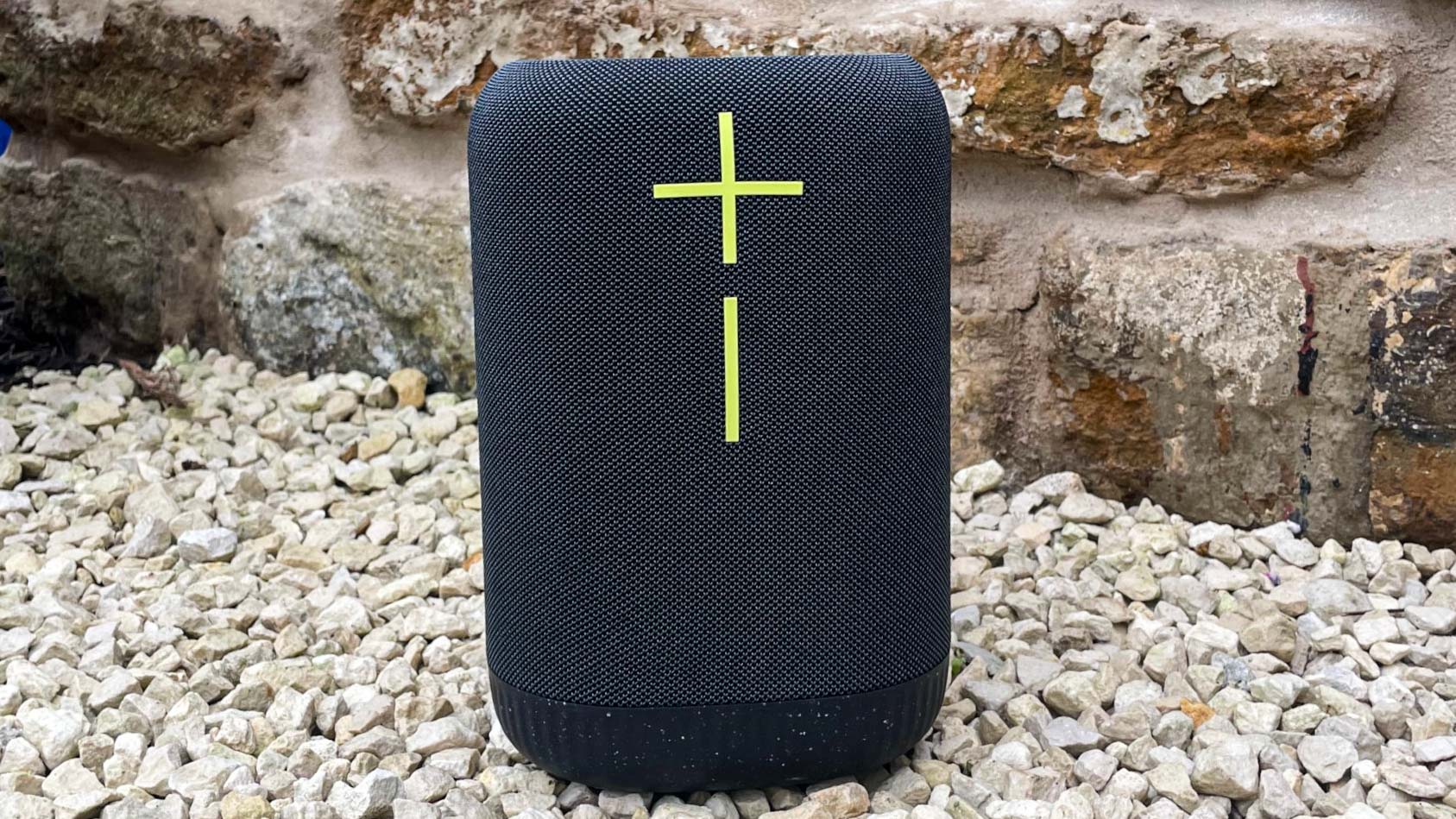
I should preface that I tested this more with the party mode function, to see how it worked when I hooked up several different speakers together. To that end, I connected a Boom 4, a MegaBoom 4, and an EpicBoom together to see if the sound was indeed more, but also if it was better.
Getting them all connected together was incredibly easy. All it took was a quick glance at the app and a quick button press, and they where all linked together in one big Ultimate Ears party.
Be aware that some UE speakers don't link up in the same way, however. Party mode will only work with speakers that use the app — if you have a Miniroll or a WonderBoom speaker, you'll need more of the same in order for it to work. They won't hook up with the rest of the line.
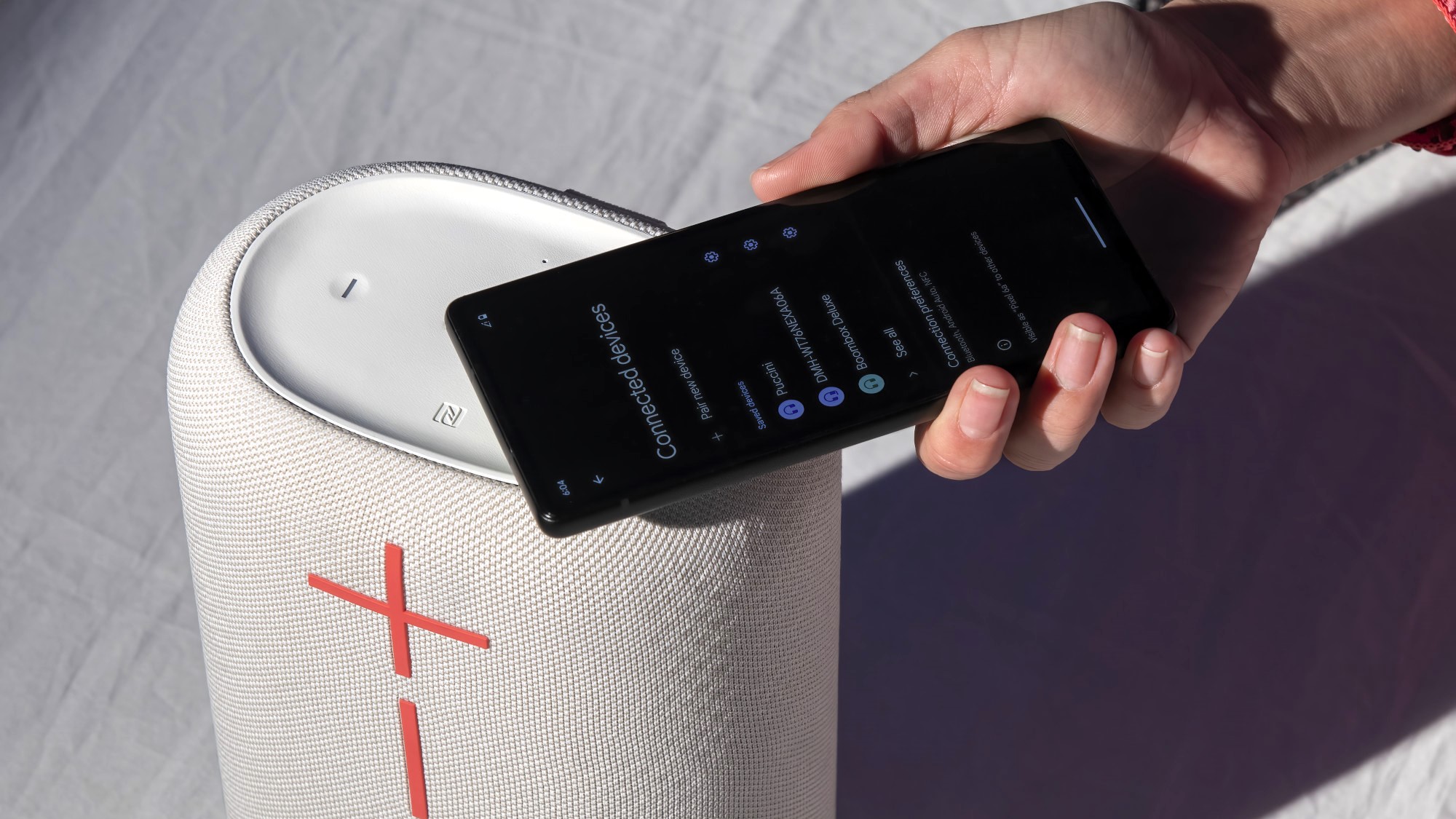
This one is less about improving the quality of the sound, and more about bringing more volume. At that it absolutely excelled — my little family of speakers all joined together to make some very loud noise. Enough, I imagine, that if I was to crank it really loud I could have probably annoyed the house a block over.
This is more about having loads of music at a party. Thanks to the technology that links each speaker to it's own partner, it means that you can string them around the house, giving you music in different rooms. If you use them all in the same room, however, the sound does start to show some sonic holes.
Because they're all using different audio setups and have slightly different sound signatures, it doesn't sound particularly good. Not that it needs to when it's 3am and the cops have just turned up thanks to a noise complaint, however.
Is it worth it? If you're going to do it for yourself, buy two of the same unit and connect them together. That's going to sound much better. If you're having a big party though, make sure everyone brings their UE speakers along for party mode.
The Boom 4 is the middle child of the UE range, and perfect if you want to grab two for some extra sound. It's $100 more overall than a single Megaboom, but you get more separated sound if you use the connection capability. It's also around the same as a single Epicboom — and separated stereo sound is better than a solo speaker, let's face it.
Bluetooth stereo mode — is it worth it?

If there's one thing I've been reminded of throughout my stereo testing, it's that stereo sound always sounds better than a single speaker, even if it does double the price. What I've learnt, however, is that not all stereo modes are created equal.
The stereo mode of the Era 300, for example, was well worth the extra spend. It sounds epic, with more spatial audio chops and greater bass control. The speakers worked together very well to make the audio sound amazing.
I wasn't quite so sure about the Move 2 or the SoundLink Max, however. It jacks up the price in both instances by a lot, and I can't think where you'd need the portable stereo of the latter. The Move 2 feels slightly pointless, given it then roots the speaker into one spot — at that point, just buy the Era 300.
If you're on a budget, I'd say that stereo mode isn't really all that important in the long run. Is it fun? Yes. Is it useful beyond a pair of already costly Wi-Fi connected speakers? No.
More from Tom's Guide

Tammy and her generous collection of headphones have found a new home — Tom's Guide! After a two-and-a-half-year stint as iMore's resident audiophile, Tammy's reviews and buying guide expertise have more focus than ever on Tom's Guide, helping buyers find the audio gear that works best for them. Tammy has worked with some of the most desirable audio brands on the planet in her time writing about headphones, speakers, and more, bringing a consumer focussed approach to critique and buying advice. Away from her desk, you'll probably find her in the countryside writing (extremely bad) poetry, or putting her screenwriting Masters to good use creating screenplays that'll never see the light of day.
You must confirm your public display name before commenting
Please logout and then login again, you will then be prompted to enter your display name.

